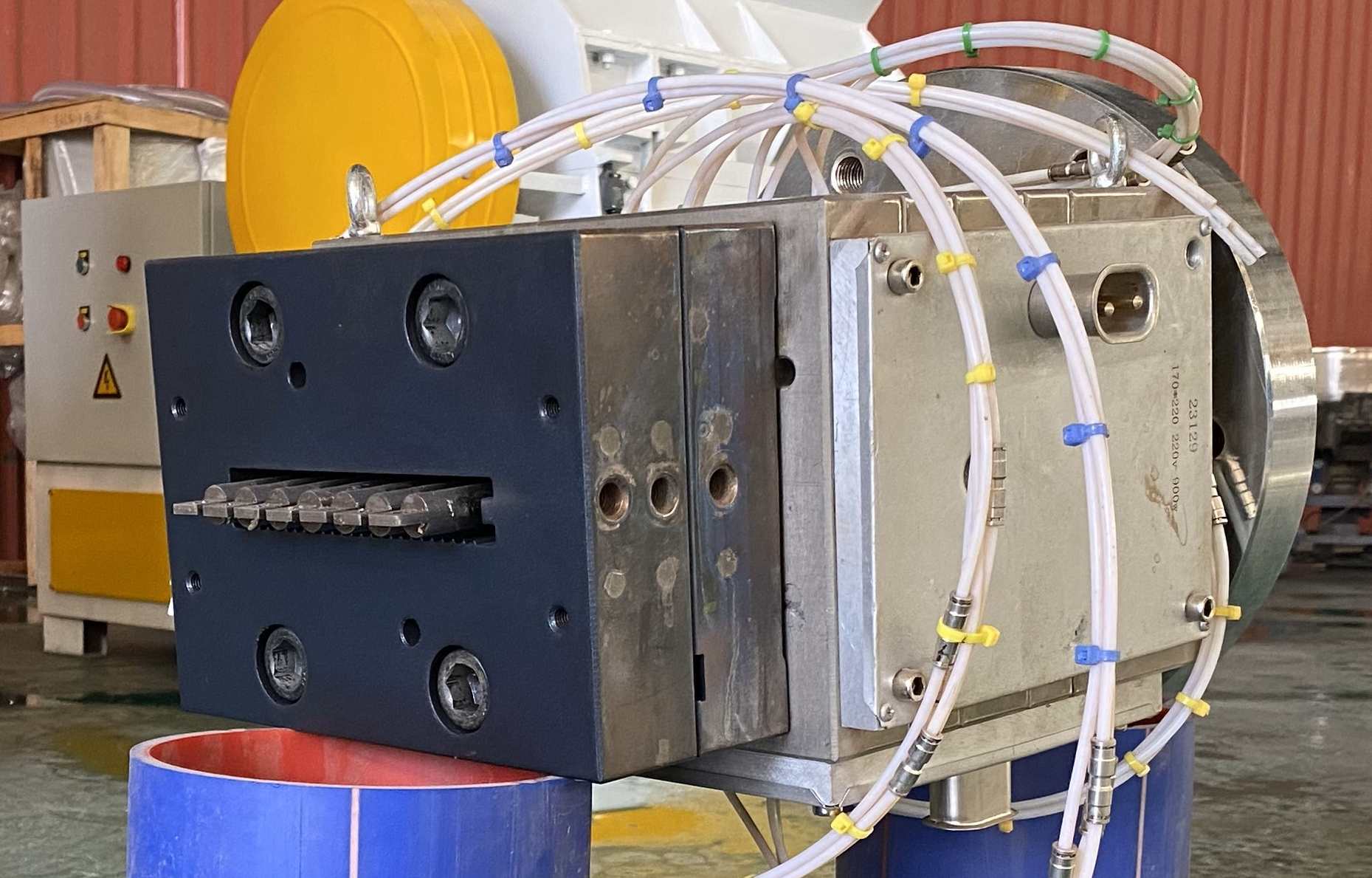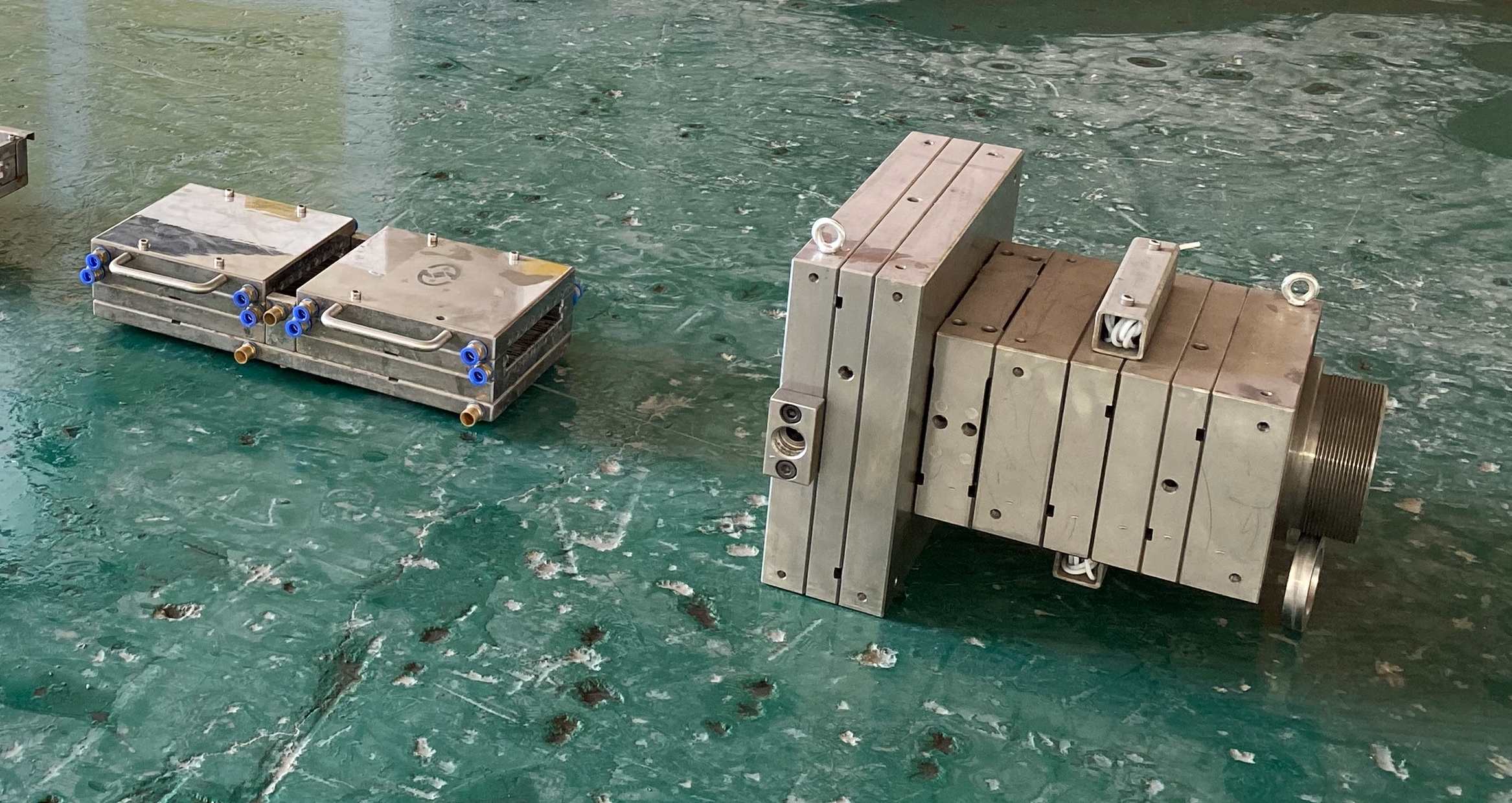Mold is an important part of plastic machinery and equipment. It determines the shape and size of plastic products and is the key to accurate product molding. High quality mold to ensure good product quality, improve production efficiency.
It is the "shaper" of the shape of plastic products, and without molds, it is impossible to accurately obtain the various shapes we need.
The quality of the mold directly determines the quality of plastic products. A good mold can make the surface of the product smooth, accurate size, reduce the appearance of defects.
It can also greatly affect productivity. The right mold can be perfectly matched with the equipment, so that the production process can flow smoothly and produce a large number of products quickly and efficiently.
The existence of molds allows us to achieve those very creative and complex designs, making plastic products more colorful.
Moreover, a well-designed mold can reduce the scrap rate and production costs, and bring higher economic benefits to the enterprise.
In the development of new products, the mold is a key part, which provides a strong support and guarantee for innovation.
It can be said that molds and plastic machinery and equipment complement each other and jointly promote the continuous development and progress of the plastics industry.


The following are some methods that can improve the service life of the mold:
Reasonable design: In the mold design stage, it is necessary to fully consider the rationality, strength and durability of the structure to avoid weak links.
Select high-quality materials: Select high-quality, wear-resistant, corrosion-resistant mold materials.
Correct installation and debugging: Ensure accurate mold installation, debugging to the best state, to avoid damage caused by improper installation.
Precise control of process parameters: such as injection pressure, temperature, etc., to prevent excessive load on the mold due to improper parameters.
Regular cleaning and maintenance: timely clean the dirt and residue on the mold to keep it clean.
Do a good job of lubrication: regular lubrication of moving parts to reduce friction losses.
Avoid overload: do not use molds for production operations beyond their capacity.
Preheating and cooling treatment: according to the need for appropriate preheating and cooling, reduce the impact of thermal expansion and contraction.
Regular inspection and maintenance: regular comprehensive inspection of the mold, find problems in time to repair.
Train operators: familiarize operators with mold characteristics and correct operation methods to reduce human damage.
Optimize the production process: rationally arrange the production sequence and rhythm, and avoid unreasonable operations such as frequent mold replacement.
The use of advanced technology: such as surface treatment technology, enhance the performance and durability of the mold.
Proper storage: When not in use, store the mold in a suitable environment to avoid moisture, rust, etc.

